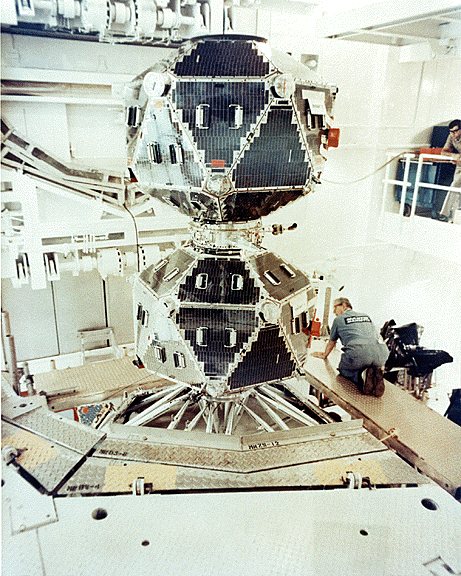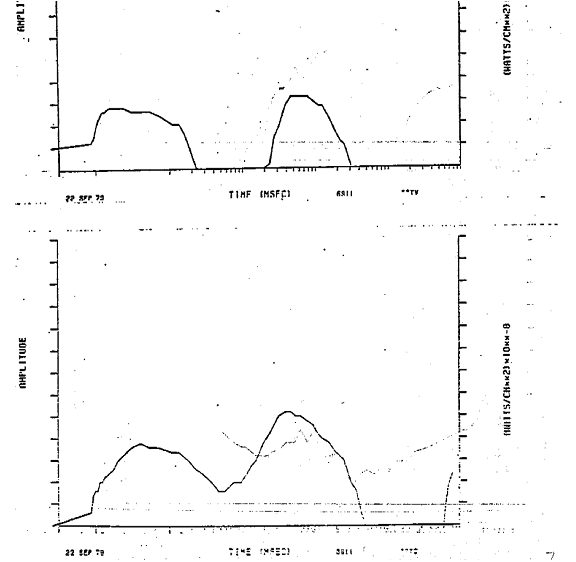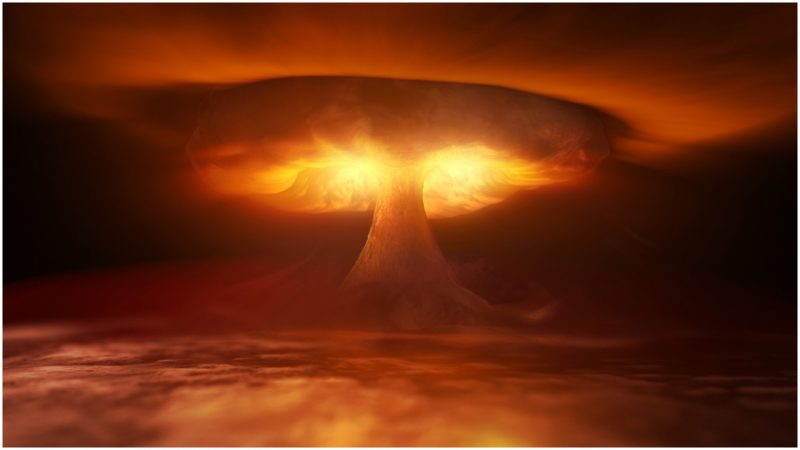In 1963, the Partial Nuclear Test Ban Treaty banned all test detonations of nuclear weapons on the ground, in the earth’s atmosphere, under water, and in outer space. Underground detonations were not banned, so any nation that wanted to conduct a test detonation was allowed to do that deep beneath the surface of the Earth. The Test Ban Treaty was a result of a growing worldwide anxiety over nuclear fallout, the clear devastating consequences of nuclear explosions. From 1951 to 1958, approximately 270 nuclear tests were conducted by the U.S., the Soviet Union, and Great Britain, and only 22 of those test were conducted underground.
Although all tests detonations above ground were conducted in desolate areas with no humans living in the immediate area, some caused significant damage to the environment, wildlife, and people who lived or worked near the testing sites. For example, the notorious U.S. Castle Bravo test, which was conducted at the Bikini Atoll in the Pacific Ocean, produced a detonation that had a yield of 15 megatons. The researchers who conducted the test expected it to have only a 7-megaton yield. They didn’t expect the bomb to produce the biggest radioactive disaster in U.S. history. After the explosion, the deadly radioactive fallout spread over an area of more than 4,000 square miles around the Bikini Atoll and caused the crew of a Japanese fishing boat, named Lucky Dragon, to suffer crippling radiation poisoning. Such incidents, coupled with the fear of a nuclear cataclysm, prompted governments to adhere to the rules of the Partial Nuclear Test Ban Treaty.

In the same year that the treaty was implemented, the U.S. launched two satellites as a part of the Vela program. Its purpose was to monitor the Earth’s atmosphere and search for signs of illegal nuclear activity. Aside from employing a vast array of sensors that could measure the amount of nuclear fallout in the atmosphere and detect detonations across the globe, the satellites were also equipped with powerful instruments that were used to study various extra-galactic phenomena. In fact, the Vela satellites are credited with the first discovery and measurement of a gamma-ray burst in outer space.
On September 22, 1979, one of the Vela satellites, named Vela Hotel 5B, detected a sudden double flash that was characteristic of a man-made nuclear explosion. The flash was detected off the coast of the Prince Edward Islands near Antarctica and it corresponded to a nuclear detonation with a yield of 3 kilotons. (For comparison, the atomic bomb that exploded over Hiroshima had a yield of 15 kilotons.)
Although the Vela satellite didn’t detect any increase in the quantity of radioactive particles in the atmosphere, the U.S. immediately assumed that some rogue government had decided to ignore the Partial Test Ban Treaty and chose the vast uninhabited area near Antarctica as the perfect spot for a secret nuclear test. The U.S. Air Force dispatched a squadron of Boeing WC-135 planes, specially designed to detect airborne radioactive fallout, to the site.
Although the planes monitored the area for several days, they reportedly found no evidence of the suspected detonation. However, the U.S. Air Force documents containing the detailed information on the investigation remain classified, and it is possible that the truth was purposely hidden from the public. Most contemporary researchers who support the theory that the double flash was of nuclear origin argue that it resulted from a secret nuclear test jointly conducted by South Africa and Israel. Also, some claim that the Soviet Union was most likely the nation that disregarded the treaty.

At the time of the incident, the Carter administration downplayed the incident to avoid mass nuclear paranoia and claimed that the double flash was actually caused by a glitch in one of the satellite’s sensors that occurred after a small meteoroid collided with the spacecraft. Also, since the Vela Hotel 5B satellite had been in orbit for 16 years at the time when the Vela Incident occurred, it is possible that the satellite’s instruments simply deteriorated to the point of measuring unreliable data.
The mystery may be solved if the U.S. ever declassifies the documents which contain the truth about the incident; until then, it will continue to torment conspiracy theorists and mystery enthusiasts.
